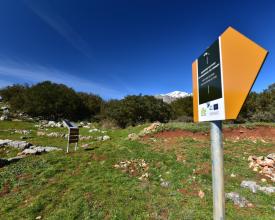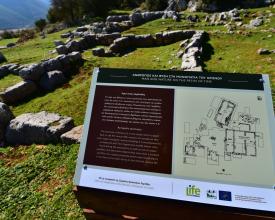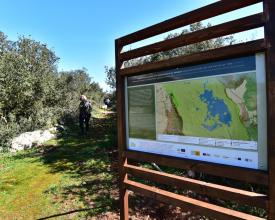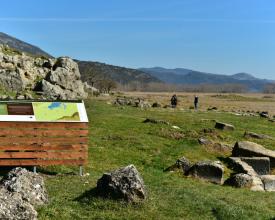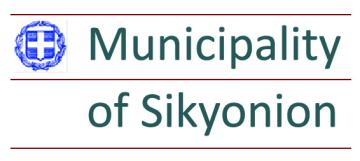
The Lake Stymphalia interpretation path: Following the steps of Hercules on a natural and cultural heritage journey
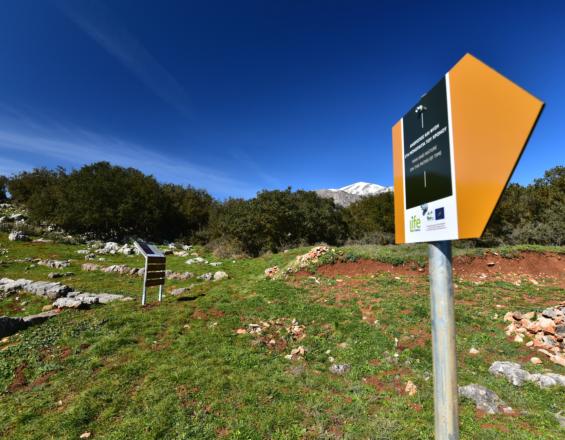
Lake Stymphalia, is a mountainous lake in Peloponnese included in the Natura 2000 network. It is known since antiquity, as according to Greek mythology it is here that Hercules completed his 6th Labour, by defeating the Stymphalian birds. The area comprises a unique landscape where biodiversity meets with the ruins of the ancient city of Stymphalos and a rich cultural heritage.
Considering the dual identity of the site and in the framework of LIFE-Stymfalia project (LIFE12 NAT/GR/000275), the interpretation path “Man and Nature on the Paths of the Time” was completed in April 2017. It is an easy, self-guided, linear hiking route of 1.8 km, that links the Environment Museum of Stymphalia with the wetland and the archaeological site. A bird observatory offers an unobstructed view of the Lake while providing information on the protected bird species.
So far the path has been visited by around 2.500 individuals, including groups, such as schools, scouts, NGO’s, mountaineering clubs, etc.
Impacts
The interpretation path offers a self-guided 2-hour walking tour (roundtrip). The interpretation signs display simultaneously the historic and environmental information (Lake Stymphalia vs Ancient city of Stymphalos, The reed bed vs The urban fabric of the city, Lake and water vs City and water, Habitats vs Residences). This way the path:
1) Promotes the new European policy target “cultural landscapes”, thus raising awareness on NATURA 2000 sites. The path can be considered as the first case-study of integrated management of cultural and natural heritage.
2) Focuses equally on the importance of natural and cultural heritage. The visitors have the chance to experience an integrated environmental and cultural open interpretation system, to discover the particular geological and archaeological features of the area, the flora and fauna inhabiting the Lake and the mountain and their use by Man over the years.
3) Creates an over-all visiting experience. The environmental interpretation path, which the visitor is prompted to follow in order to experience in person the protected area and its cultural landscape, starting from the point where the museum visit ends. At the Musem the temporary exhibition “Sixth labor” inspires the visitors to contemplate on an alternative approach of the Hercules labor: if mutually respected, man and the environment can co-exist in harmony.
